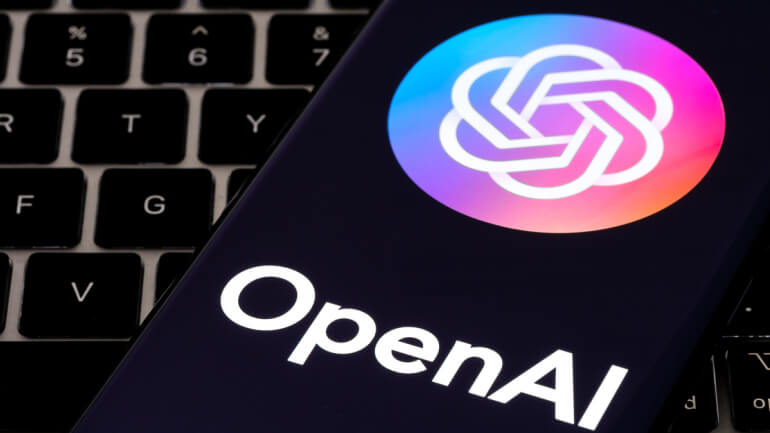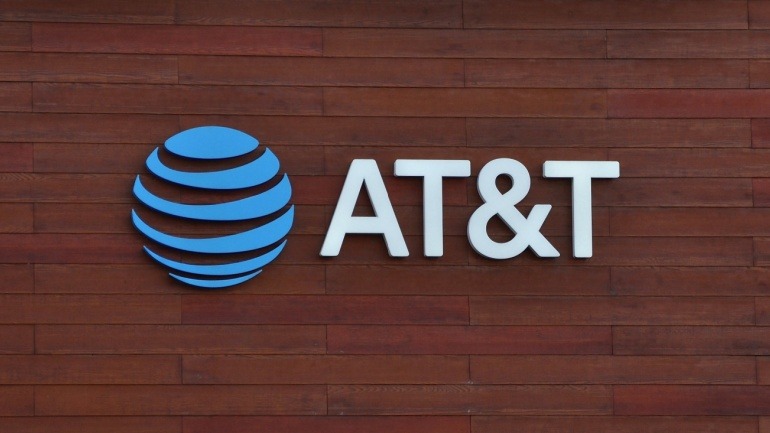GPT-4 is the latest artificial intelligence (AI) model produced by OpenAI, a San Francisco-based research lab. The AI model, which is intended to improve deep learning, is available to paying OpenAI users via ChatGPT Plus with a usage cap. Developers may join a waitlist to gain access to the API.
GPT-4 is capable of handling more sophisticated tasks than its predecessor, GPT-3.5. This AI software version can generate text, process image and text inputs, and perform at a “human level” when related to a variety of professional and academic benchmarks. OpenAI spent six months “iteratively aligning” GPT-4 using lessons learned from an internal adversarial testing program and ChatGPT. The model’s skills extend beyond visual understanding; it can label and analyze relatively complicated images, as well as handle nuanced instructions.
A number of high-profile clients are presently using GPT-4. Stripe uses GPT-4 to scan company websites and provide a report to customer service representatives. GPT-4 is now part of a new subscription tier for language learning on Duolingo. Morgan Stanley is developing a GPT-4-powered system that will retrieve information from corporate papers and provide that data to financial analysts. Khan Academy uses GPT-4 to create an automated tutor. Microsoft also stated that Bing Chat, their co-developed chatbot technology with OpenAI, is operating on GPT-4.
One of GPT-4’s most intriguing features is its capacity to understand both text and images. It can discern complicated visuals, recognize products and even recommend recipes. OpenAI is presently testing picture comprehension with a single partner, Be My Eyes, using GPT-4 to answer questions about images presented to the software.
Despite its progress, OpenAI admits that GPT-4 is far from ideal. It still fabricates facts and commits logical blunders, sometimes with tremendous certainty. According to OpenAI, GPT-4 has only limited knowledge of events that transpired after September 2021 and does not learn from its errors. The company warns that the model might fail when presented with difficult issues in the same manner that humans do, such as when introducing security flaws into the code it generates. In spite of this, OpenAI believes that GPT-4 represents the next milestone in its attempt at scaling up deep learning.







